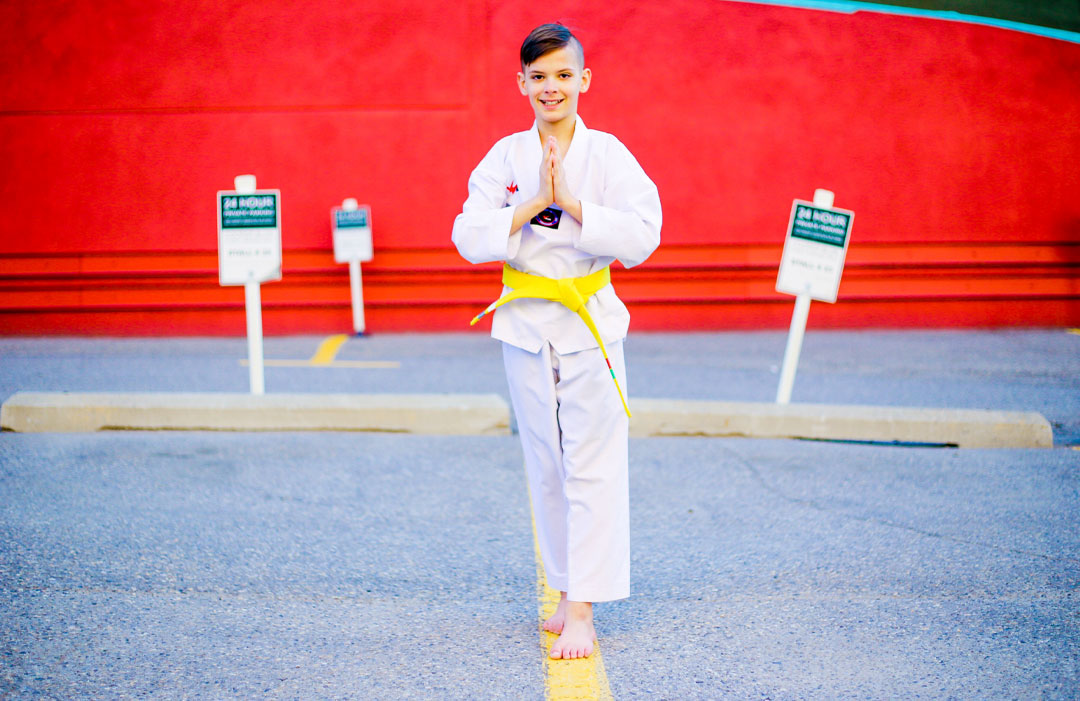A Beginner's Guide to Taekwondo Forms
A Beginner’s Guide to Taekwondo Forms
Taekwondo forms, also referred to as poomsae or patterns, are a set of choreographed motions that act as a combative scenario. Forms are a crucial component of Taekwondo instruction because they aid in the development of students’ techniques, balance, power, and rhythm. A brief explanation of Taekwondo forms is provided below:The Basic Forms:
A Taekwondo student learns the Basic Forms first. These exercises are made to instruct students in the basic blocks, strikes, and kicks of Taekwondo. The movements in the fundamental forms are easy to understand and are typically performed in a straight line.
The Intermediate Forms:
After learning the Basic Forms, a student will advance to the Intermediate Forms. These forms are more intricate and use more sophisticated techniques. The movements in the intermediate forms are quicker and call for greater dexterity. They are typically performed in a circular pattern.
The Advanced Forms:
The advanced forms are the most difficult and complex of all the forms. These movements call for a high degree of strength, balance, and skill. The advanced forms employ a variety of moves, such as aerial kicks, spins, and jumps. These exercises call for intense concentration and focus and are frequently performed in a circular motion.
The Purpose of Forms:
The goal of forms is to improve a student’s technique, balance, power, and rhythm. Additionally, forms assist students in developing their focus, memory, and concentration. In order for students to practice and perfect their techniques outside of sparring, forms are a crucial component of Taekwondo training.
Learning Forms:
Learning forms necessitates a lot of repetition and practice. The fundamental forms should be covered first, followed by instruction in the intermediate and advanced forms. Regular practice of forms is necessary to build muscle memory and enhance technique.
Finally, learning the Taekwondo forms is a crucial component of the sport. Students can practice and perfect techniques outside of sparring by using forms, which also help them develop their technique, balance, power, and rhythm. With consistent practice, students can sharpen their focus, memory, and ability to perform the various Taekwondo forms.










Leave a comment